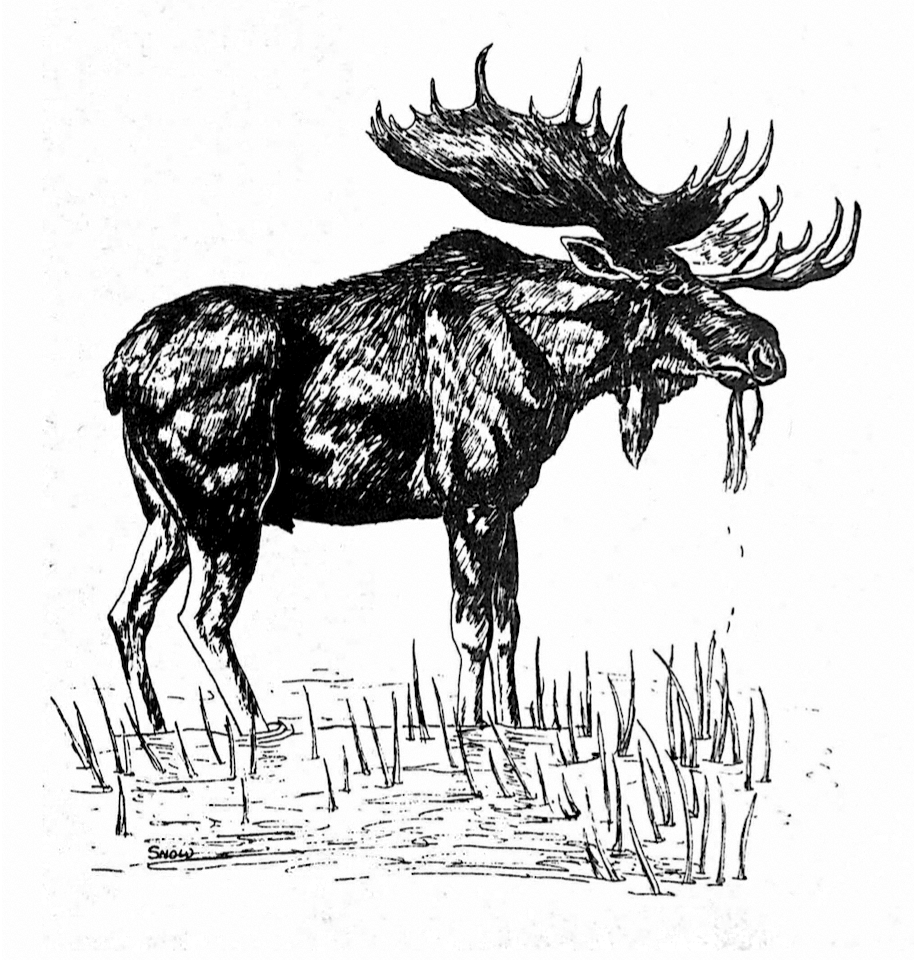Abstract
Research carried on in the summer of 1962 was a continuation of a three year study initiated in 1961. The study will attempt to evaluate and correlate quantitative and qualitative differences of various plant and animal populations occurring on five different geological formations. Study areas were located in Yellowstone National Park on Pitchstone Plateau, 8,800 feet, and on Two Ocean Plateau, 9,200 feet. In the Teton National Forest study areas were located on Big Game Ridge, 9,400 feet, and on Huckleberry Ridge, 9,200 feet. The Moran study area, 6,800 feet, was located in Grand Teton National Park, adjacent to the Biological Research Station. Geological formations represented by these study areas are Middle Pliocene pitchstone or rhyolitic glass; Oligocene pyroclastic andesitic conglomerate from the Wiggins formation; Cretaceous freshwater sedimentary sequence of sandstones, conglomerates, claystones and shales from the Harebell formation; Late Jurassic marine sandstone sediments from the Sundance formation; and sediments of fluvial and glacial origin, respectively. Project Number 112.

